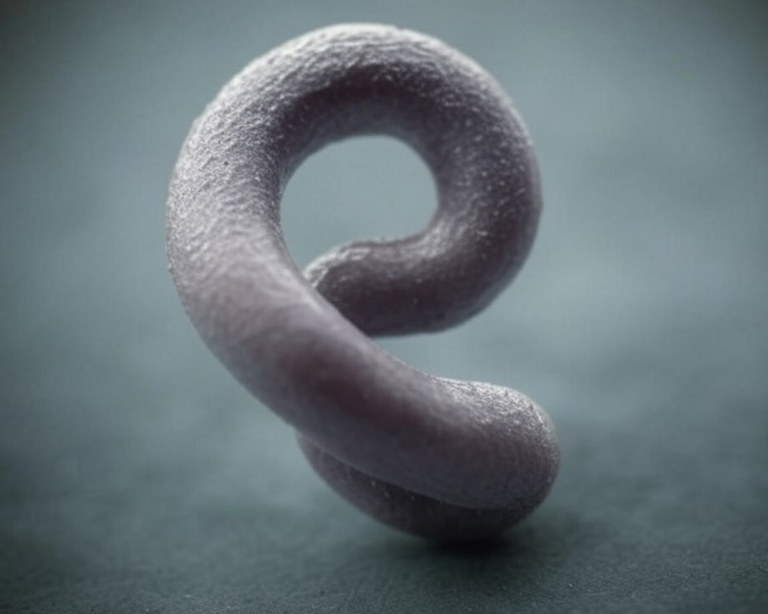Alright, let’s talk about syphilis—yeah, that infamous STD that’s been haunting humanity for centuries. Spoiler alert: it’s a bacterial infection (Treponema pallidum, for the nerds in the back). But trust me, its history is way juicier than just a microbiology lecture.
The Origin Story: Where Did This Nightmare Begin?

Picture this: it’s the late 1400s, and Europe is a hot mess of wars, questionable hygiene, and way too many corsets. Enter syphilis, like the ultimate party crasher nobody invited. There’s still debate about how it got here, but there are three main theories:
The "Blame Columbus" Theory
This one’s a classic. Basically, the theory goes that Columbus and his crew brought syphilis back from their "Caribbean vacation" in 1492. You know, like a really bad souvenir. People think the disease was chillin’ in the Americas until those Europeans showed up, swapped germs, and boom—syphilis outbreak in Europe. Nice one, Chris.
The "It Was Already Here" Theory
Some researchers are like, “Nah, syphilis was always in Europe.” They think it just blended in with other medieval diseases until it decided to steal the spotlight in the late 1400s. Apparently, skeletons with signs of syphilis were found from before Columbus. Who’s lying? History might never tell.
The "Fusion" Theory
And then there’s this theory that syphilis and its bacterial cousins (like yaws and pinta) evolved independently in different parts of the world, and global travel turned them into the ultimate supervillain. Thanks, globalization.
First Outbreak: Europe Loses Its Mind
The first recorded syphilis outbreak hit Europe around 1494–1495, during a war in Italy. Soldiers were spreading it faster than rumors in a small town. Back then, it was nicknamed stuff like "The French Disease" (if you asked the Italians) or "The Italian Disease" (if you asked the French). Basically, everyone was pointing fingers like, “Not my fault, it’s THEIR STD.”
Also, early syphilis was brutal. Think sores, nasty skin lesions, and a fast track to the grave. It was like the disease had its "villain origin story" phase before mellowing out.
Early Treatments: Medicine or Torture?
So, how did people deal with syphilis back in the day? One word: mercury. Yeah, they thought rubbing toxic metal on your skin or inhaling mercury vapor would "cure" you. Spoiler: it didn’t. The saying “A night with Venus, a lifetime with Mercury” became a thing for a reason.
Other "cures" included bloodletting, weird herbal concoctions, and, honestly, vibes. Let’s just say the 1500s weren’t exactly known for their cutting-edge healthcare.
Enter Science: Syphilis Gets Owned
Fast-forward to the 20th century. In 1905, two German scientists (Schaudinn and Hoffmann) were like, "Yo, we found the culprit! It’s this squiggly bacteria." Not long after, Wassermann came up with a blood test for syphilis, and humanity finally had the upper hand.
But the real hero? Penicillin. By 1943, this wonder drug was wrecking syphilis like a pro. Suddenly, a disease that once terrorized kings, queens, and regular peasants was totally curable. Round of applause for modern medicine, please.
Syphilis in Pop Culture: Drama Much?
Syphilis didn’t just mess with bodies; it also left its mark on art, literature, and music. Back in the day, it was a hot topic in bohemian circles. Writers and painters loved the melancholy vibes of syphilis (yep, it can mess with your brain in later stages). Fun fact: some historians think it might’ve influenced figures like Van Gogh. So yeah, syphilis was basically the OG sad boy aesthetic.
Syphilis Today: Not Dead Yet
Even though syphilis is super curable now, it’s making a weird comeback in some places. Why? A mix of people not using protection, lack of awareness, and the universe just being chaotic, as usual. The moral of the story? Wrap it up, folks. Penicillin’s great, but prevention is better.
I came close to spitting out coffee, I was not mentally prepared to read the phrase "a brief (and funny) history of syphilis" - excellent titling!
!PIMP !ALIVE !BBH !PIZZA
$PIZZA slices delivered:
@alohaed(9/20) tipped @piotrgrafik